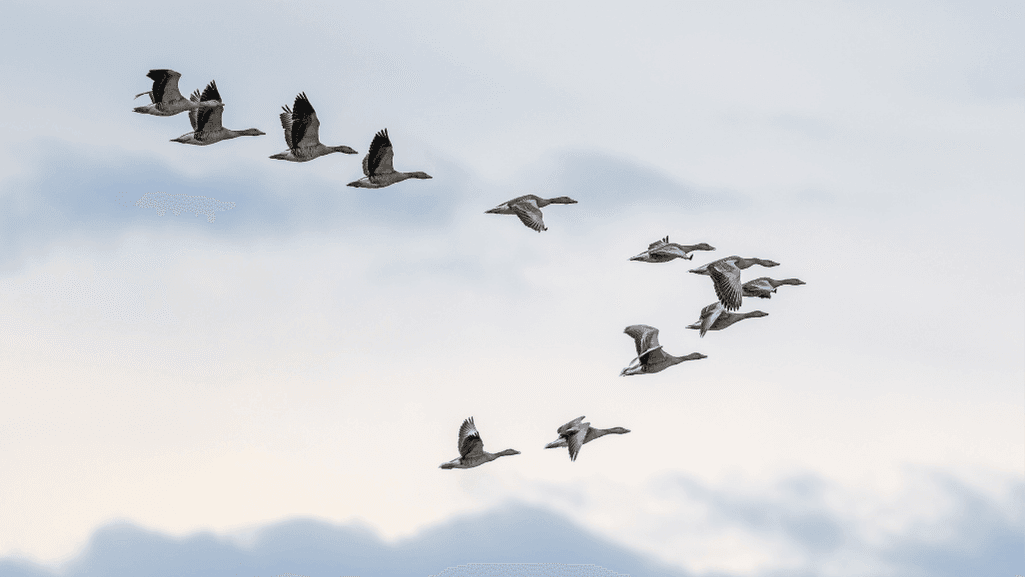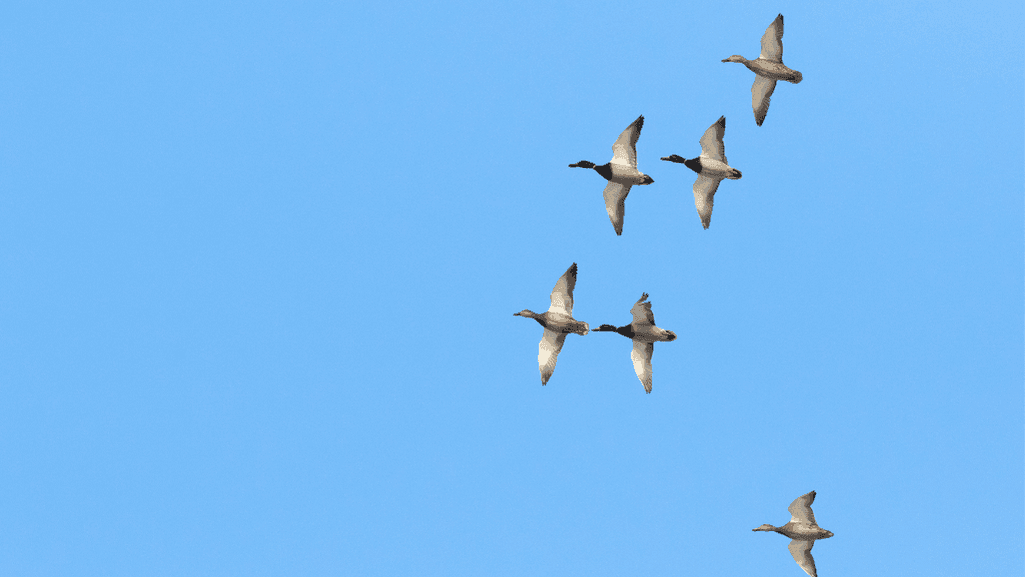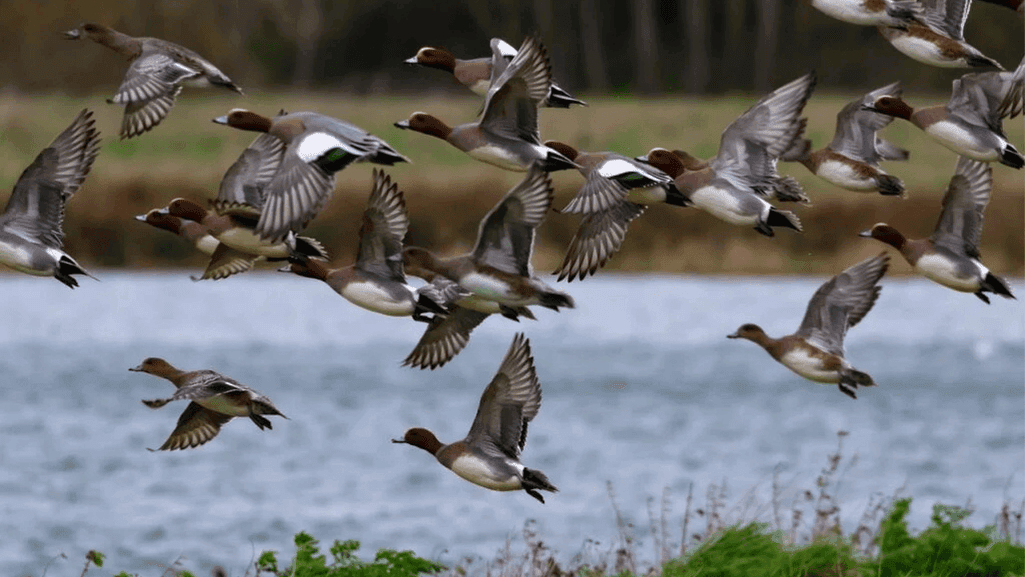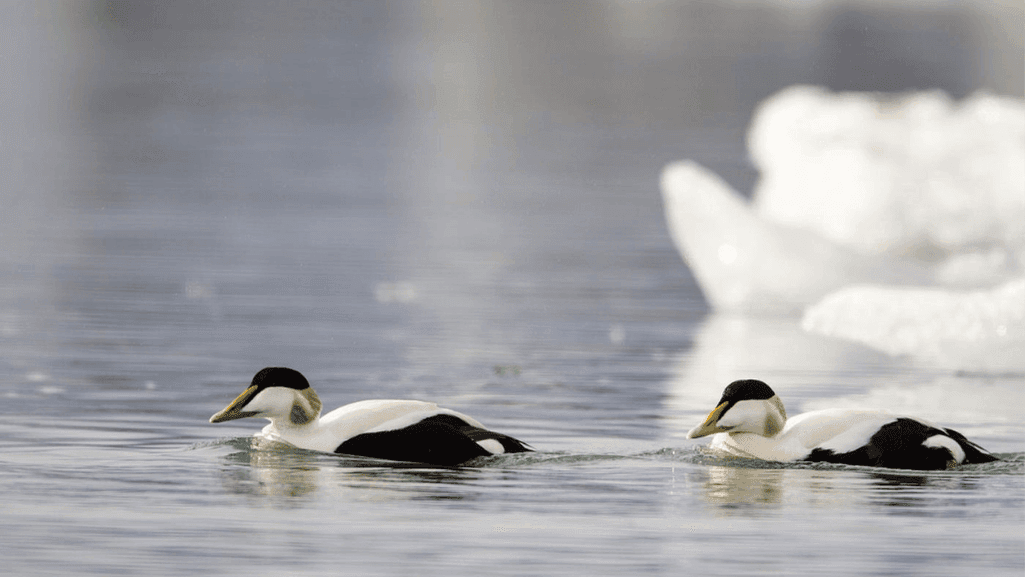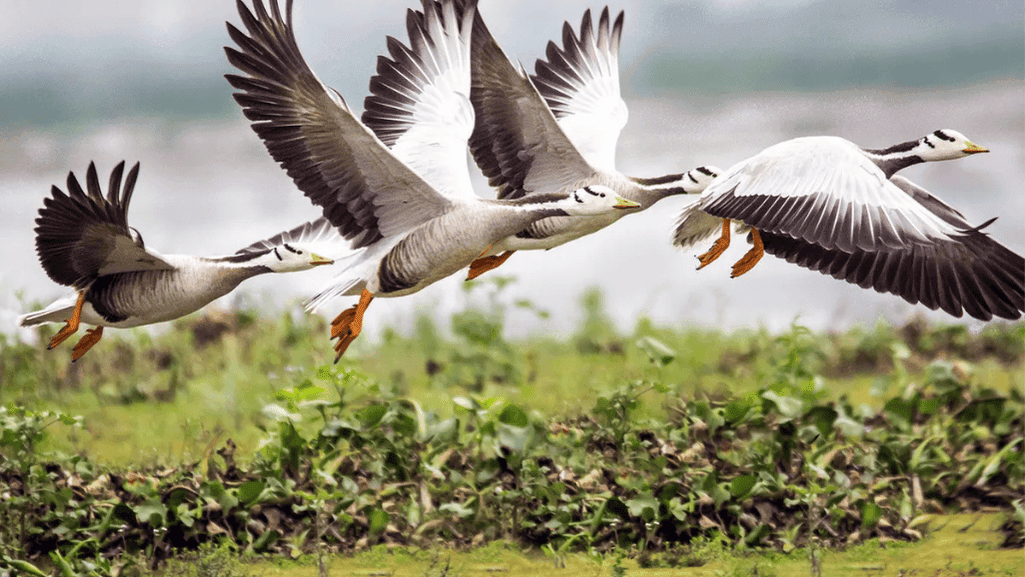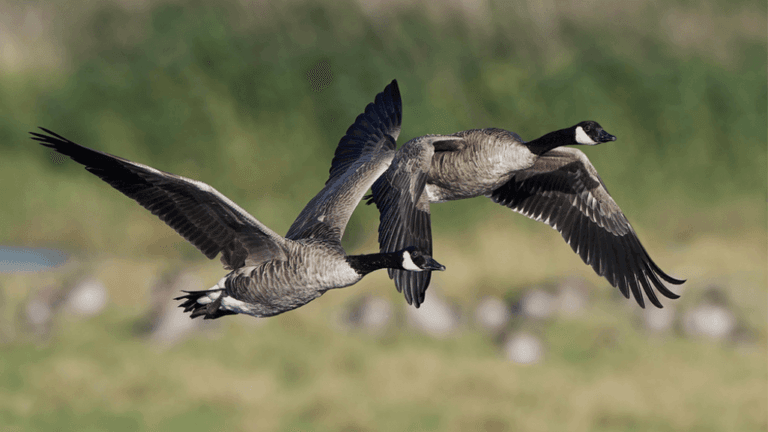As fall arrives, ducks start their migration. They leave their breeding grounds for warmer places and plenty of food. This shows how amazing bird migration habits are.
Scientists are curious about why ducks migrate. They track the ducks’ paths to learn more about their life cycle. Knowing where ducks go is important for their survival in changing environments.
Key Takeaways
- Duck migration is essential for finding food and breeding grounds with warmer conditions.
- Migrations follow consistent annual routes influenced by instinct and environmental cues.
- Changing weather and habitat conditions dictate the timing and pattern of migrations.
- Ducks such as mallards fuel up on waste grain and other foods to endure harsh climates.
- Conservation efforts by organizations like Ducks Unlimited are vital in maintaining duck migration routes.
- Scientific studies monitor shifts in waterfowl populations due to variable climatic conditions.
- Understanding duck migration patterns aids in preserving the ecosystems that support these waterfowl.
Understanding Duck Migration Patterns
Every year, waterfowl make a remarkable journey. They search for places to breed and plenty of food. As it gets colder and food runs out, they travel long distances along duck migration routes.
Overview of Migration Behavior
Duck migration is more than just moving to a new place. It’s a survival strategy. Weather changes make them leave their homes when it’s hard to find food or when it’s too cold.
Types of Ducks and Their Routes
- Blue-winged teal leave early, in August, for warmer places.
- Gadwalls wait until October to head south.
- Mallards and diving ducks leave in November, when it gets really cold.
Factors Influencing Migration
The main duck migration patterns are linked to the environment. Shorter days and colder weather tell ducks it’s time to migrate. They use the stars and landmarks to find their way.
It’s important for wildlife experts to watch these migrations. They need to protect ducks and their homes. Learning about duck hatching helps us understand their challenges.
This shows us the need for quick conservation actions. We must keep up with the ducks’ fast-changing migration patterns.
Common Migration Destinations Duck Migration Explained
As the cold of the north comes, many duck species begin their long journey to warmer places. Learning where do ducks migrate to shows their survival skills and beauty. It’s a journey of survival and a sign of their ability to adapt.
Northern Breeding Grounds
Ducks breed in cooler areas, from the Arctic to parts of Northern America. These places are key for food and shelter, helping with egg laying and raising ducklings. Species like Mallards and Garganeys travel thousands of miles to their winter homes.
Southern Wintering Locations
- California and the Pacific Flyway are great places to see ducks migrate, where they spend the winter after their long trip.
- South America and Southern U.S. states also welcome ducks seeking refuge from cold winters.
- Ducks also cross the Atlantic to Southern Europe, the Mediterranean, and South Africa, looking for warmth and food.
Key Stopover Sites
During their journey, ducks stop at key places to rest and refuel. The marshes of San Francisco Bay are perfect for this. These stops are vital for their journey to continue.
The migration of ducks shows the beauty of nature. Watching them migrate teaches us about their adaptability and the need for migratory bird conservation. Ducks travel from the north to the south, showing their strength and ability to adapt.
Seasonal Timing of Duck Migration
Knowing when do ducks migrate is key for bird lovers and those who care about nature. Ducks start their journey south in late August or early September. They follow a seasonal migration pattern based on food and breeding needs. In spring, they head back north to breed and raise their young.
Weather conditions impact duck migration a lot. Ducks start migrating when it gets colder and weather gets harsher. In spring, they migrate when it gets warmer and winds are right for their journey.
Spring Migration Overview
As spring comes, ducks get ready to migrate back to their breeding spots. Good weather helps them on their long journey north. It lets them save energy for breeding and raising their ducklings.
Fall Migration Overview
In fall, ducks leave their breeding spots as the weather gets tough. They follow their instincts and adjust to the weather. They use the wind and avoid early snow.
Importance of Weather Conditions
Ducks are very sensitive to weather and temperature changes. They adjust their migration based on these changes. For example, they migrate behind cold fronts to use the southward winds.
In summary, the seasonal migration pattern and weather conditions are vital. They help us understand and predict when ducks migrate. This is important for their survival and for protecting their species.
The Impact of Climate Change on Duck Migration
As the planet warms, the climate change impact on migration is clear, affecting ducks and other migratory birds. Weather changes have altered their migration patterns, changing when and where they go. This affects ducks, ecosystems, and human activities tied to their migration.
Studies, like the Christmas Bird Count, show ducks moving north due to warmer temperatures. For example, the American Black Duck is now found more in the north, while fewer are in the south. This is detailed in a recent report from the U.S. Fish and Wildlife Service, showing how climate change affects waterfowl.
Changes in Migration Timing
Climate change has also changed when ducks migrate. Warmer weather means ducks migrate later in the fall and earlier in the spring. This can mean ducks arrive at breeding grounds too early, affecting their ability to reproduce.
Effects on Habitat and Food Sources
The altered migration patterns affect ducks’ habitats and food. Changes in rain can dry out wetlands ducks need during migration. This can reduce food, harming duck health and migration timing. It shows the need for conservation strategies to help ducks adapt to climate change.
The changes in duck migration also have economic impacts. Hunting and birdwatching are big economic activities in some areas. Conservation efforts must adapt to these changes to protect ducks and the economy they support.
Monitoring duck population trends is key to understanding climate change’s effects. Organizations like Ducks Unlimited play a big role in helping ducks adapt to these changes. Their work is essential for the long-term health of duck populations.
Conservation Efforts for Migratory Ducks
In the world of wildlife, protecting migratory bird conservation is key, focusing on sustainable duck populations. This is very important in wetland habitats. These places are vital for ducks to migrate across continents.
Preserving wetlands is essential for ducks. It’s a delicate balance that helps both ducks and the environment. This balance is critical for the health of both.
Importance of Wetland Conservation
Wetlands are more than just wet areas. They are where ducks find food, breed, and rest. Keeping these habitats safe is vital for sustainable duck populations.
Groups like Ducks Unlimited work hard to restore and protect these areas. Their efforts have led to healthier duck populations. This shows how important wetlands are for migratory birds.
Organizations Focused on Duck Migration
- The North American Wetlands Conservation Act funds projects to protect migratory bird conservation.
- Joint Ventures is a program that helps ensure diverse habitats for migratory birds in North America.
- Ducks Unlimited leads in wetland conservation, using funds from the Federal Duck Stamp to protect millions of acres.
These organizations show the power of working together to protect migratory birds. By focusing on habitats like wetlands, they help ensure healthy duck populations. This way, future generations can enjoy the beauty of duck migration.
Fascinating Facts About Duck Migration
The journeys of ducks are truly remarkable, showing some unique duck migration facts. Bird migration habits fascinate scientists and bird lovers. Ducks travel long distances with great precision.
For example, a blizzard in 1995 caused a grand passage. Millions of waterfowl migrated together. This made radar systems so busy that flights were grounded in cities like Omaha and Kansas City.
Record Distances and Routes
Waterfowl migration has some amazing records. Most ducks fly between 40 to 60 mph. But with a strong tailwind, a mallard can fly up to 800 miles in one go.
The black brant flies nonstop from Alaska to Baja California in 60 to 72 hours. Pintails migrate about 2,000 miles across the Pacific. These journeys show the ecosystem benefits ducks provide, like seed dispersal and nutrient cycling.
Unique Migration Adaptations
Ducks have impressive records for altitude. A mallard was seen at 21,000 feet over Nevada. Long-tailed ducks can dive up to 200 feet deep.
Ducks also change their calls based on their surroundings. They sleep with half their brain, allowing them to migrate while staying alert. These adaptations help them migrate efficiently through different ecosystems.
Exploring these curiosities of duck migration shows the wonders of bird abilities. It also highlights the need for environmental conservation. Ducks play a key role in ecosystems, making habitat preservation vital.
For more fascinating insights into waterfowl behavior, check out Ducks Unlimited. They provide detailed information on these incredible creatures.


